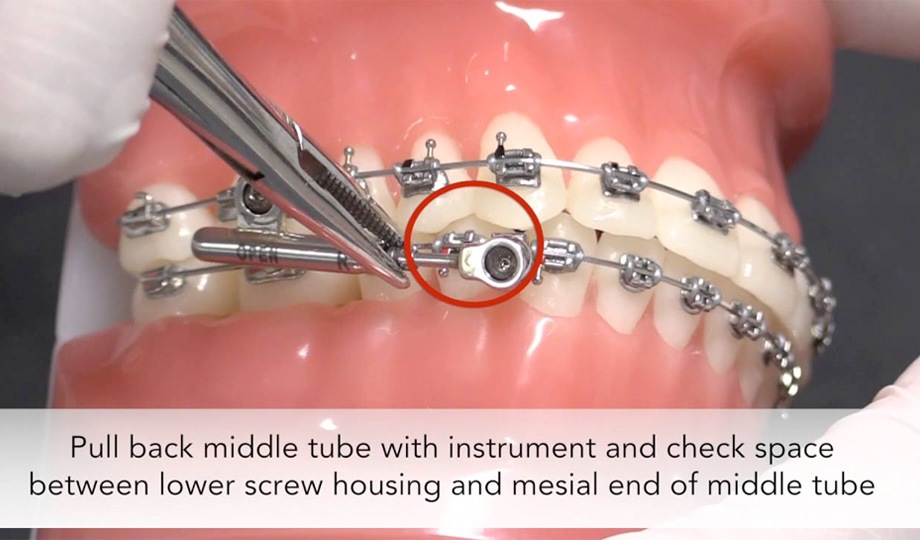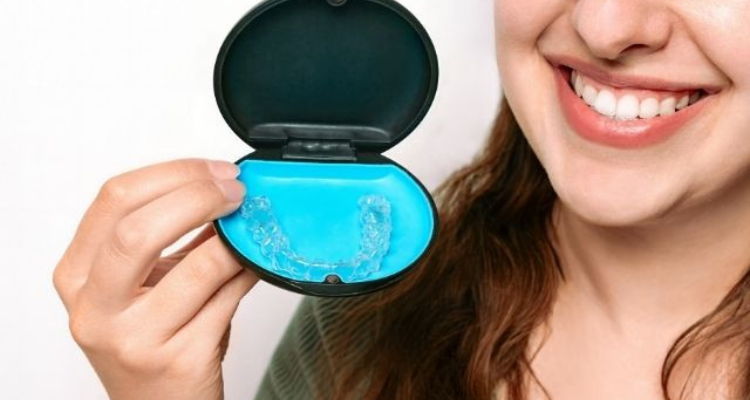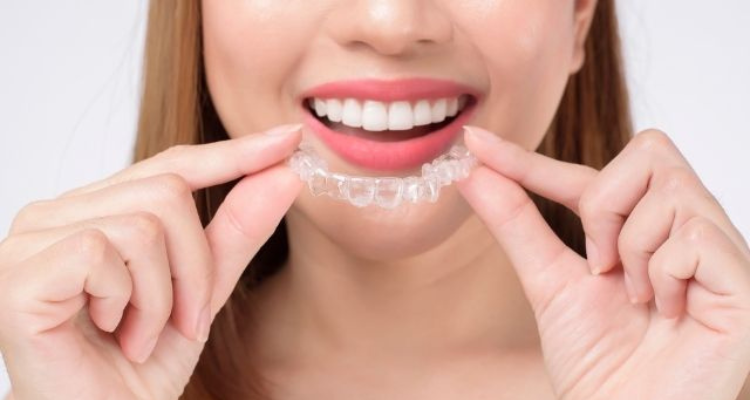In The Orthodontic World, Bites Are Classified Into Three Categories, Based on Their Relationship With The Six-year Molars.
Class I: Upper and lower molars are well-related, where the lower molar is slightly forward in relation to the upper molar. Upper and lower canines tend to be well-related to each other, as well.
Class II: Upper six-year molars are too far forward, resulting in a less-than-ideal relationship between the upper and lower molars. Upper canines may be too far forward in relation to the lower canines. An overbite is a common characteristic, with upper front teeth protruding and too far in front of the lower front teeth.
Class III: Lower molars are too far forward, resulting in a less-than-ideal relationship. Lower canines are often too far forward in relation to the upper canines. An underbite is characteristic of this bite relationship, with the lower front teeth in front of the upper front teeth. Lower front teeth may also be edge to edge with upper front teeth.

Your Norwalk orthodontists at Westwalk Orthodontic Group have had great success utilizing Carriere Correctors to correct Class II & Class III bite relationships.
The Carriere Corrector consists of a small, thin metal bar that is bonded from the back of the upper canine to the back of the first molar. Small hooks allow for elastics (rubber bands) to be placed.
These elastics are worn from the hook on the canine to a hook on the molar of the opposite arch to apply the necessary force to achieve the desired tooth movement efficiently. The rubber bands allow retraction of the canines and forward movement of the opposing molars, allowing for an ideal bite relationship.
At the initial consultation, we will present a detailed plan of treatment, and if the Carriere Corrector is recommended, we will explain the appliance in detail.
Types of Braces Treatment
FAQ
What are Carriere correctors in dentistry?
Carriere Correctors in Westport are small metal bars designed to move all your teeth as a unit and correct the positioning of your jaws. The metal bars get bonded to your teeth and the elastic bands help move your jaw until your molars and canines are properly aligned.
What does a Carriere corrector appliance do?
When you get Carriere Correctors in Norwalk, you can expect these metal bars to apply the necessary force that allows teeth to move efficiently. These appliances will not move individual teeth, but they focus on the alignment of lower and upper molars to treat bite issues.
Does the Carriere corrector appliance hurt?
All patients who use Carriere Correctors in Westport can experience some level of discomfort. These correctors are designed to apply some force to move your teeth; however, you should be careful because no patient is supposed to experience extreme levels of pain during treatment.
What are the benefits of using Carriere correctors?
Carriere Correctors in Norwalk will focus first on fixing your bite positioning which is traditionally the hardest part. These appliances are also much more discrete than traditional braces, so this initial part of your treatment can be completed without the need for a highly noticeable orthodontic appliance.
How does a Carriere corrector work?
Norwalk Carriere Correctors work on a simple principle: applying moderate force to realign teeth and jaws. These correctors are thin metal bars that get bonded to your upper and lower teeth. Then, with the help of elastic bands, these metal bands apply the necessary force to move your teeth until canines and molars are properly aligned.



